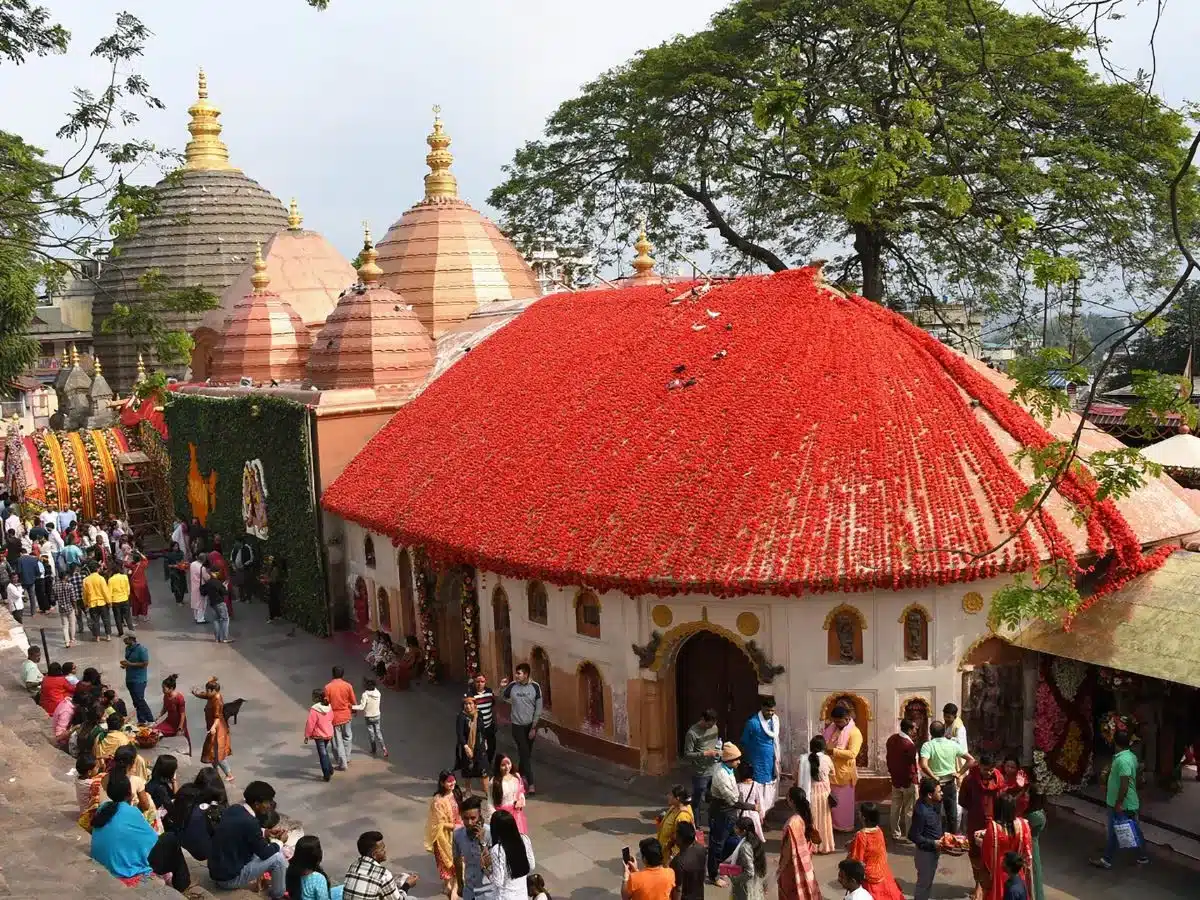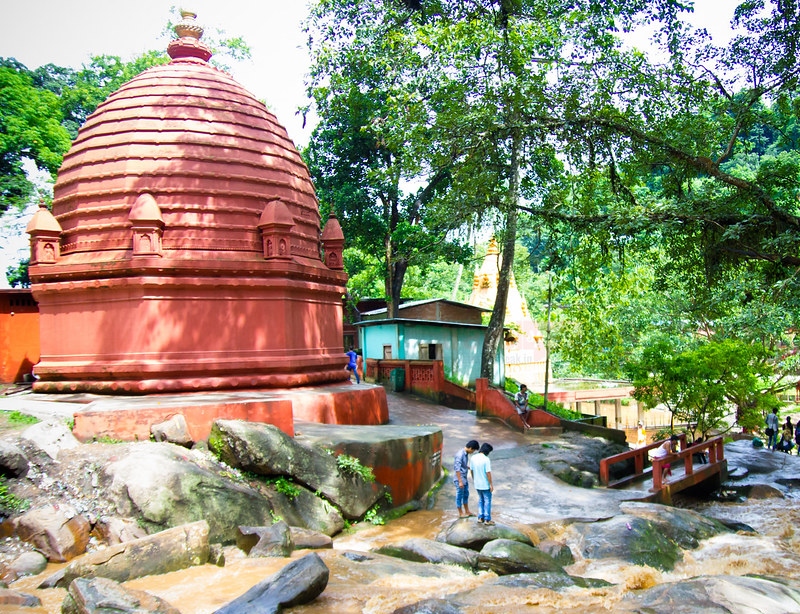A Symbol of Simplicity & Spirituality in Assam
Assam, known for its vibrant festivals, celebrates three major Bihus throughout the year, each symbolizing a unique aspect of life and the agricultural cycle. Among these, Kati Bihu, also called Kongali Bihu, holds a special place. Unlike the grandeur of Rongali Bihu or the joyous spirit of Bhogali Bihu, Kati Bihu is marked by simplicity, spirituality, and introspection.
When is Kati Bihu Celebrated?
Kati Bihu is observed in the month of Kati/Mid-October, coinciding with the Assamese calendar month of Kati. This festival aligns with the Sankranti of Kartika in the Hindu calendar, a time when the fields lie barren, and resources are limited as farmers await the harvest.
Significance of Kati Bihu
Kati Bihu reflects the close relationship between agriculture and Assamese culture. It is a time of patience and hope, as farmers prepare for a prosperous harvest. The word "Kongali" (meaning poverty or scarcity) aptly describes the season, emphasizing austerity and restraint.
- Lighting of Lamps (Saki):
One of the most significant rituals is lighting earthen lamps, or saki, in paddy fields, at the base of tulsi plants, and near granaries. This practice is believed to ward off evil spirits and protect crops from pests and harm. The flickering lamps symbolize hope and positivity during this period of scarcity. - Prayers to Goddess Lakshmi:
Devotees pray to Goddess Lakshmi, the goddess of wealth and prosperity, for a bountiful harvest. It is believed that lighting lamps and offering prayers invite her blessings into homes and fields. - Tying of Tulsi Plants:
Families tie tulsi plants with threads, a symbolic gesture of protection and devotion. The tulsi plant is considered sacred and a protector against negativity. - Observing Austerity:
Unlike the feasting and revelry of the other Bihus, Kati Bihu encourages simplicity and minimalism, reflecting the hardships of this season.

Rituals and Celebrations
Kati Bihu's charm lies in its humble rituals that unite communities in faith and hope. Here's a look at its unique practices:
- Lighting Earthen Lamps:
As twilight descends, villagers place small earthen lamps across their fields, courtyards, and granaries. The soft glow of these lamps creates a mesmerizing atmosphere, fostering unity and devotion. - Chanting Prayers and Mantras:
Devotees chant hymns and mantras, seeking divine protection for their fields and homes. It is also an expression of gratitude for the blessings received in past harvests. - Cultural Performances:
While subdued compared to other Bihu festivals, cultural performances like Bihu songs and dances still occur in some areas, adding a touch of festivity. - Community Bonding:
Villagers come together for collective prayers and rituals, reinforcing the sense of community and mutual support during challenging times.
Ecological and Cultural Importance
Kati Bihu is not just a religious festival but also an ecological reminder. The lighting of lamps and prayers to tulsi plants underline the Assamese people's reverence for nature. It showcases a harmonious coexistence with the environment and the belief that spiritual devotion can influence agricultural success.

Kati Bihu in Modern Times
While modernization has altered some aspects of Kati Bihu, its core values remain intact. Urban celebrations may not feature paddy fields or granaries, but families light lamps and pray to tulsi plants in their homes, preserving the festival's essence.
Visiting Assam During Kati Bihu
For travelers, experiencing Kati Bihu offers a glimpse into Assam's spiritual depth and agricultural heritage. The tranquil celebrations and glowing fields create an enchanting spectacle. Visitors can participate in lighting lamps and enjoy traditional Assamese hospitality during this reflective festival.

Conclusion
Kati Bihu, though understated compared to its counterparts, resonates with the Assamese people's resilience, faith, and connection to nature. It is a poignant reminder that hope and hard work pave the way for prosperity, even in the face of challenges. Exploring this festival allows one to appreciate Assam's rich cultural tapestry and the profound simplicity that defines its spirit.











